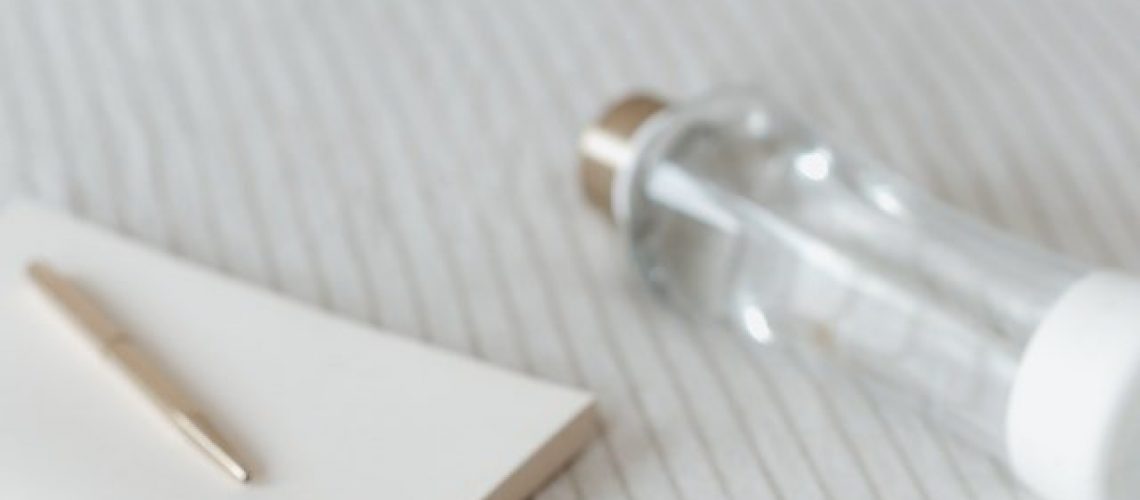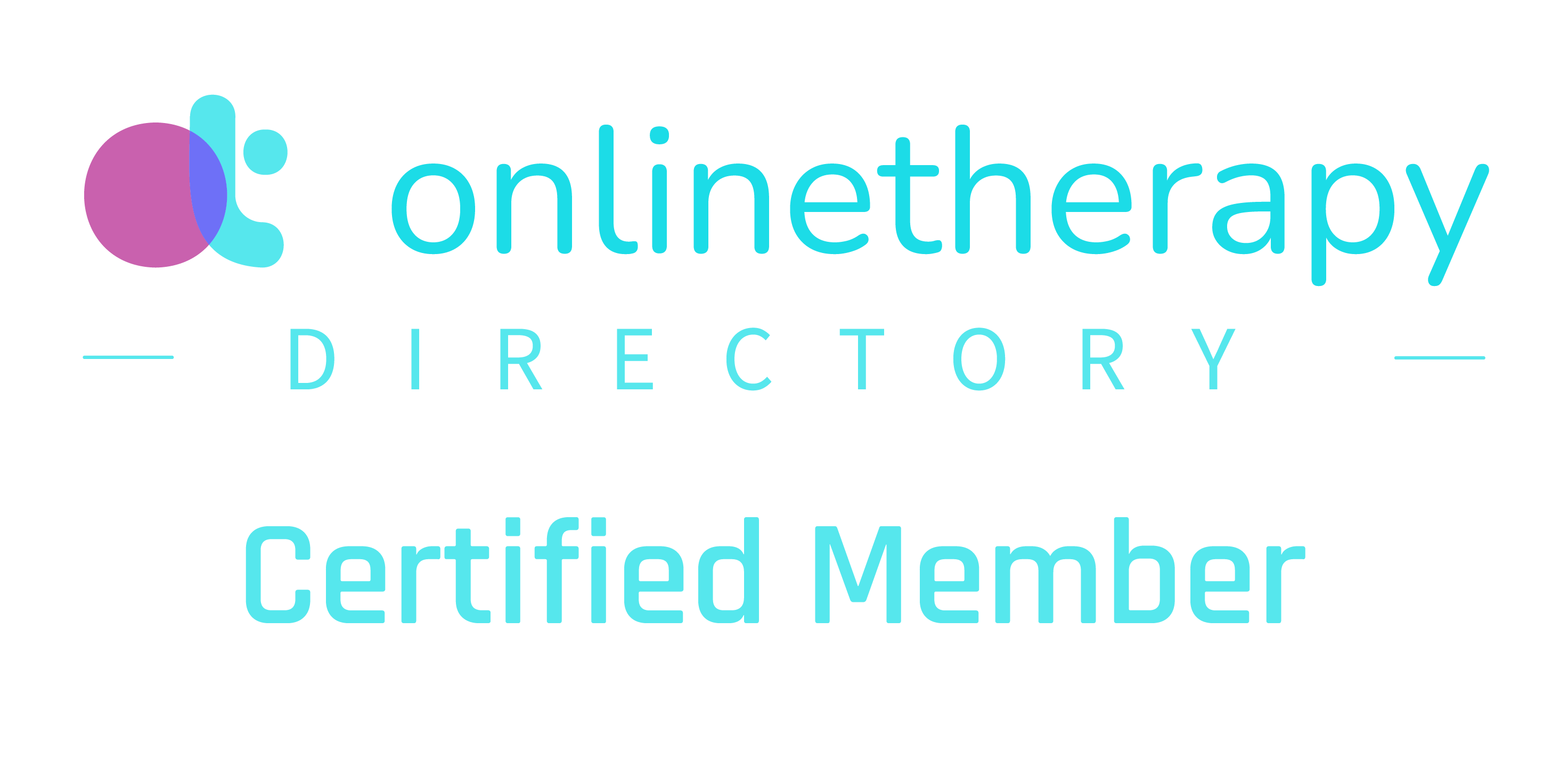One of the reasons CBT is so effective and helpful is that sessions are planned and focused. A typical CBT session agenda is made up of 5 key sections. This is in stark contrast to many of the images of therapy as portrayed on TV.
Typical CBT Session Agenda
When many people hear the word “therapy session,” they still envision the image of a client resting on a chaise lounge while the therapist sits behind them and takes notes. If this is your stereotype, too, you might also imagine hours and hours spent talking with no direction or no discernible progress for years on end.
This isn’t at all what CBT sessions look like, however! Rather, they are an active, working session where both therapist and client engage in problem-solving. Issues are identified and mind workouts are planned to help address those issues and give you concrete tools to practice between sessions. A typical CBT session agenda or plan is established at the beginning of every session. This means that there is a concrete plan of action. Thus, the therapists and client are equal partners in addressing problems and finding solutions.
CBT is a hands-on, practical approach to managing anxiety, depression and life. When you meet with me for your sessions, I follow a five-step structure which I like to think of as a sandwich. A sandwich typically includes, bread, condiment spread, and the main part in the middle. For our purposes here, the bread will include a checking in and a checking out. The condiment spread will focus on Tools (reviewing tools and setting new tools for the week ahead). The main middle part of this structure covers what I call the three Ts – tools, topic, and theory. Please read on to find out more about each section of a typical CBT session agenda.
1. Check-in (Bread)
The first part of a typical CBT session agenda is the check-in. Whether it’s only been a week or a few months since we last met for a session, we always begin by checking in. Every day offers its own challenges and triggers, so checking in allows you to feel comfortable and focus your thoughts as we begin each session’s work.
I’ll want to find out how your mood has been and if anything, out of the ordinary has happened that’s affecting your mood. Then, you’ll be able to fill me in on what’s been happening in your life. It is also a chance to give and receive feedback about the previous session and ask any questions you might have.
2. Review Tools / Mind Workouts (Spread)
At each session, we’ll identify mind workouts for you to practice on your own in real life. These workouts fall under the “tools” category of CBT theory. When you come in for sessions, we review the tools / mind workouts that you did in the time since we last met. This is the next part of a typical CBT session agenda which you will become familiar with quickly.
CBT offers a variety of mental (and body focused) workouts. First, we’ll talk about what went well with the last set of mind workouts. Then, you’ll be able to work through what you learned about yourself through them and how they helped with the issues you wanted to focus on. You can also ask for guidance if they didn’t seem to help or if they made you uncomfortable emotionally.
3. Main Focus (Middle of Sandwich)
Identifying the main focus of each therapy session is important work and forms about 50% of a typical CBT session agenda. Sometimes, you may want to continue working on the same issue as the previous session. This could involve talking about how to further identify triggers that provoke anxiety. It could also include identifying where you’ve made the most progress in an area and what has helped the most.
As we discuss what’s happening in your life, I can also make suggestions for areas you’d like to focus on. Together we will decide on the main focus of each session.
4. New Tools / Set New Mind Workouts (Spread)
Your brain is a powerful organ. Just like your muscles, it grows and changes through new challenges. A key part of CBT therapy involves these transformative brain workouts. They include many different approaches. For example, logging your thoughts and emotions from distressing events and beliefs is often a part of brain workouts. After focusing on the main part, the next section of a typical CBT session agenda is looking at how to apply what you just learned into your life in the coming week. These brain / mind workouts are an essential and life-changing part of CBT.
There are many other mind workouts as well. We might talk about taking small steps (also known as exposure therapy) toward confronting an anxiety, fear or phobia. Keeping a journal is also a possibility, as learning to build your positive self-talk. Finally, we’ll probably talk about possible ‘stuck thoughts’ which might be contributing to your struggles, and what helpful alternatives might exist to reframe things and think more supportively about yourself and your life.
Because the brain and the body are so closely related, CBT mind workouts often involve physical relaxation techniques. These involve breathing exercises, progressive muscle relaxation, and mindfulness. As with any muscle, your brain is capable of growing and learning new skills. Mind workouts make this happen. Practicing between sessions makes it happen a lot faster. This is one of the main reasons CBT can be so helpful and effective in a relatively short time.
5. Check-out (Bread)
As our CBT session draws to a close, we’ll take the time to review what we’ve gone over. This last part of a typical CBT session agenda is called the Check-out. If you still have questions about your new mind workouts, this is a good time to ask them. I like to end each session on a positive note, helping you find the motivation and confidence to keep making the good progress you’ve already put in motion. This is yet another opportunity for us to give each other feedback to make sure that we are on track and working as effectively as possible together.
CBT is a very powerful therapy approach. Over the years, I’ve seen CBT help many individuals learn brain science based tools to manage mood and thrive. If you’re ready to begin your journey of not letting emotions and thoughts control your life anymore, please feel free to reach out to me. Click to read more about in office Cognitive Behavior Therapy and Online CBT.
***
I am a Licensed Mental Health Counselor in Hawaii and an Accredited CBT Therapist in the UK with over 15 years of experience. I specialize in anxiety treatments and have received advanced specialist training in Cognitive Behavior Therapy and Compassion Focused Therapy. Please feel free to contact me at my Honolulu or London clinic to set up an Online CBT Test Drive.



